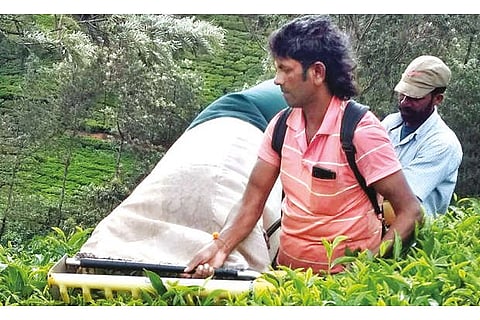

Chennai: The island nation, which exports over 95 per cent of its total production of orthodox tea to countries such as Iraq, Iran, Russia and Turkey, has witnessed a drastic drop by 20 per cent in February 2022.
Besides the ongoing economic crisis, the tea production has nosedived because of Sri Lanka’s policy to reduce use of fertilizer in tea cultivation. Also, high freight charges have dealt a challenge for exports. Their shrinking production and drop in exports from Sri Lanka has come as a blessing in disguise for the South Indian tea manufacturers.
“Definitely, there is a possibility to market South Indian tea varieties and particularly orthodox tea in countries, where Sri Lanka enjoyed dominance so far. However, the government’s suspension of an incentive scheme for orthodox tea production has come as an impediment,” said R Sanjith Nair, secretary of United Planters Association of Southern India (UPASI), an apex body of planters.
A production incentive of Rs 3 per kg was given by the government for producing orthodox tea since 2005. “But the incentive stopped last year. To promote exports, the government should again resume the incentive scheme as the cost of producing orthodox tea is high, while the price realized is low,” he said.
Tea exports from South India, predominantly from Tamil Nadu, Kerala and Karnataka are gradually picking up following the easing of COVID-19 pandemic. The tea exports rose to 235.66 million kg last year, as against 195.5 million kg in 2021 and 222 million kg in 2020. During the pre-COVID times, the tea export was 252 million kg in 2019. Almost 20 per cent of the export is orthodox variety.
“Production of orthodox tea could be scaled up by another seven million kg in South India, if the government resumes the incentive scheme. About 65 per cent of tea produced across South India is from Tamil Nadu and The Nilgiris is one among the major producers. Most quantities of tea produced in the Nilgiris are exported due to its fine quality,” Sanjith added.
Visit news.dtnext.in to explore our interactive epaper!
Download the DT Next app for more exciting features!
Click here for iOS
Click here for Android